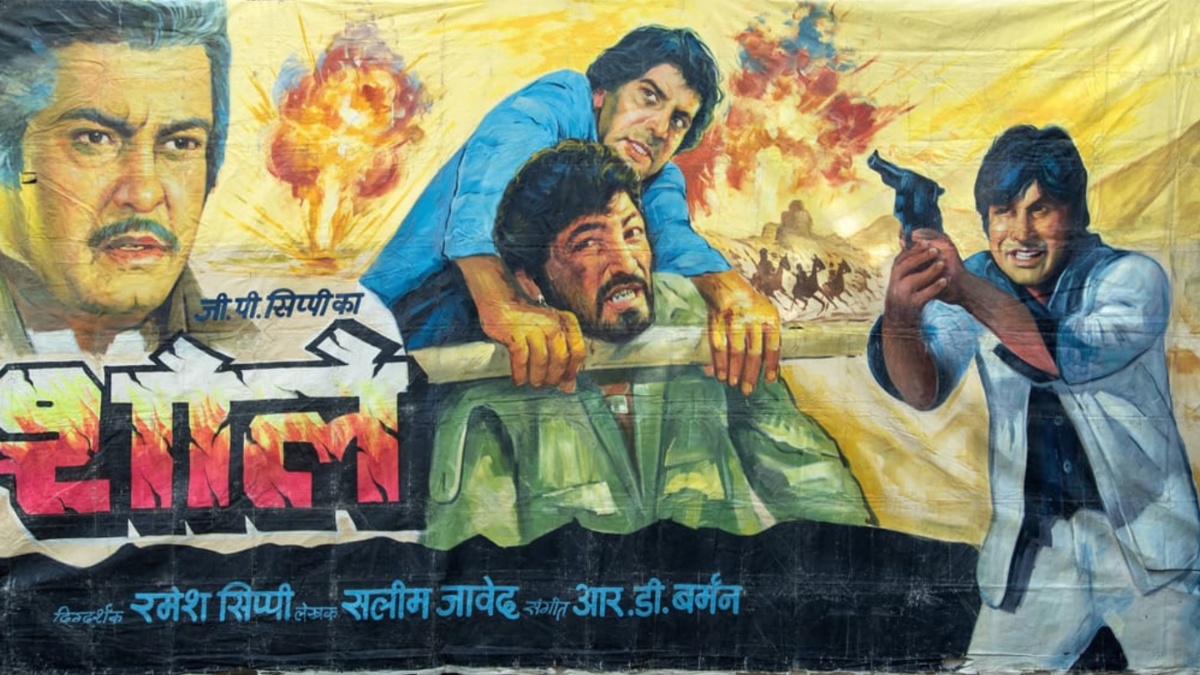In a groundbreaking endeavor, the Tuli Research Centre for India Studies (TRIS) has unveiled a digital tapestry that intricately weaves together the rich and diverse narratives of India’s cultural, historical, and artistic heritage. The launch of www.tuliresearchcentre.org marks the culmination of over three decades of meticulous curation and dedication by Neville Tuli and his team, resulting in India’s most extensive visually-driven knowledge base and search engine.
This monumental project is a cornerstone of the “Self-Discovery via Rediscovering India” series, with its latest exhibition—Part IV—signifying the beta introduction of this expansive digital archive. The exhibition showcases an eclectic collection of research, imagery, rare manuscripts, and curated content across 16 interdisciplinary categories. These categories encompass cinema, fine arts, architecture, literature, economic and cultural history, animal welfare, and social sciences, all drawn from the vast reserves of TRIS.
At the core of TRIS’s mission is the democratization of knowledge, striving to transcend social and economic barriers. The platform offers an immersive visual and research-centric experience, granting unparalleled access to India’s multifaceted heritage, artistic expressions, and evolving stories.
Neville Tuli, the visionary force behind TRIS, emphasizes, “Ensuring that such aesthetic and intellectual content is accessible to all is imperative. It allows students, educators, researchers, and the global audience to deeply engage with India’s cultural and creative spirit like never before.”
The current exhibition at the Visual Arts Gallery, India Habitat Centre, New Delhi, delves into India’s intricate and interconnected knowledge systems. Highlights include:
Cinema as an Educational Resource: For the first time, an extensive repository of Indian and Hollywood cinema is consolidated on a single platform. The exhibition delves into the monumental legacy of Indian films such as Sholay (1975), Pakeezah (1972), Zanjeer (1973), and Deewaar (1975). It features rare artifacts like hoardings, posters, fan correspondence, glass slides, and related memorabilia, illustrating cinema’s profound educational potential across various disciplines.
Modern and Contemporary Fine Arts: A detailed chronicle of global auction records (1987-2025) related to modern and contemporary Indian fine arts is publicly shared for the first time. This extensive database enables scholars, collectors, and art enthusiasts to trace the trajectory of Indian art within the international marketplace.
The Animal-Human-Nature Continuum: An exquisite collection of artworks portraying the intrinsic bond between humans, animals, and nature is on display. It features creations by luminaries such as Rabindranath Tagore, Nicholas Roerich, Jamini Roy, Ramkinkar Baij, J. Sultan Ali, M.F. Husain, and The Ranthambore School of Art. This assemblage offers insights into India’s philosophical and artistic engagement with nature and conservation.
The Indo-German Cinematic Dialogue: The exhibition explores the historical interplay between Indian and German cinema, focusing on collaborations involving Himanshu Rai, Thea von Harbou, Fritz Lang, and Franz Osten. This segment examines how early Indo-European cinematic partnerships influenced India’s filmic heritage.
The Nature of Uncertainty: Magic, Horror & Sci-Fi: A distinctive curation dedicated to magic, horror, and science fiction brings forth the artistic legacies of Horace Goldin, Harry Houdini, P.C. Sorcar, and Gogi Pasha. It also highlights iconic films such as The Cabinet of Dr. Caligari (1919), Metropolis (1927), Dracula (1931), Freaks (1933), and King Kong (1933).
Sensuality and the Art of Tantra: The intricate realm of Tantric art is unveiled through the visionary works of Ajit Mookherjee, G.R. Santosh, and Biren De, shedding light on the aesthetic, philosophical, and spiritual facets of Tantra in Indian culture.
Illustrated Books and a Focus on Childhood: Rare illustrated volumes by Abanindranath Tagore, M.F. Husain, K.G. Subramanyan, Satyajit Ray, Chittaprosad, Ganesh Pyne, and Namrita Bachchan capture the essence of childhood and the evolution of visual storytelling in India.
Travel and Pilgrimage: Railway Posters & Architectural Heritage: A unique collection of railway posters by M.V. Dhurandhar brings to life the history of Indian travel and pilgrimage. It is complemented by architectural models of iconic heritage structures such as the Chittor Victory Tower, Sanchi Stupa, Bodh Gaya Temple, and Bibi Ka Maqbara.
The unveiling of www.tuliresearchcentre.org signifies a transformative moment in the preservation, accessibility, and dissemination of Indian knowledge and cultural history. This platform is poised to become an invaluable resource for researchers, students, educators, historians, art aficionados, and the global public.
By seamlessly integrating visual documentation, historical research, and digital archiving, TRIS aspires to establish one of the most comprehensive and accessible repositories of Indian knowledge ever envisioned.
The Tuli Research Centre is not merely constructing a website; it is nurturing a cultural renaissance aimed at preserving and globally sharing India’s creative, intellectual, and artistic legacy.
With its unparalleled depth, inclusivity, and accessibility, this extensive knowledge base is set to revolutionize the global understanding and appreciation of India’s vast and intricate heritage.
The beta launch is merely the inception. As TRIS continues to broaden its digital, academic, and research collaborations, the platform is anticipated to evolve into an even more potent instrument for education and scholarship.
For those devoted to exploring India’s rich artistic and intellectual traditions, www.tuliresearchcentre.org stands as the quintessential portal—a gateway to rediscovering the very essence of India.
)